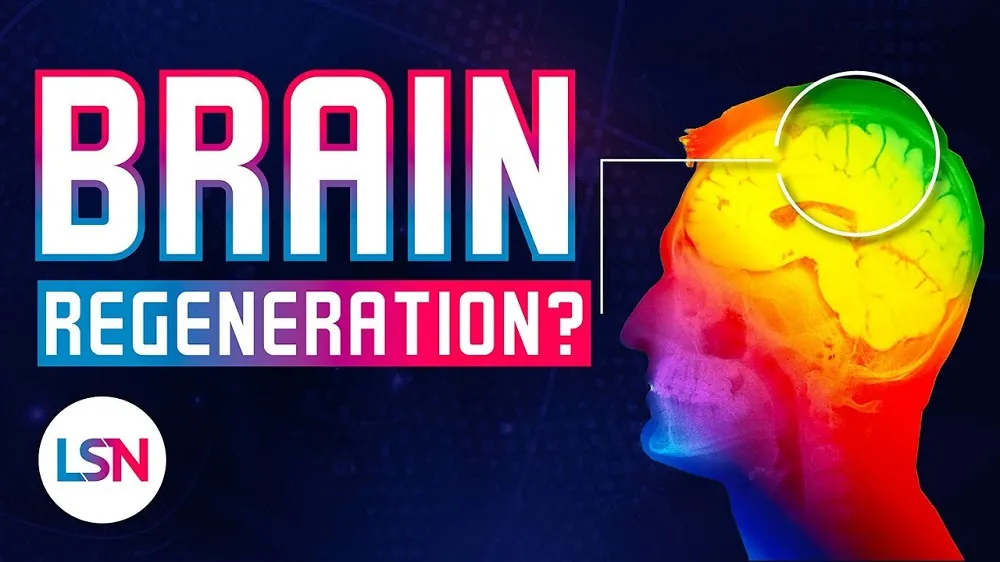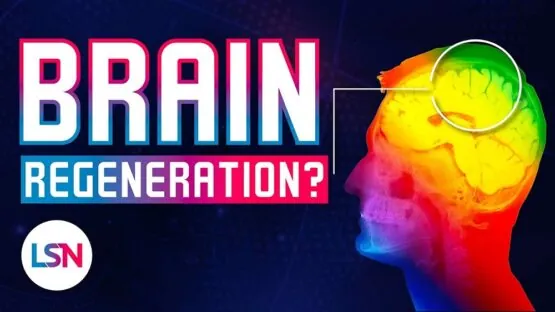On this episode of Lifespan News, Emmett Short talks about how putting human neurons into rat brains can actually fulfill critical functions.
Script
We put our brains through a lot of abuse. Lack of sleep, stress, alcohol, trying to figure out who will get the final rose on The Bachelor? I hope it’s Charity because she works in mental health.
Charity would know human beings do generate new neurons, a process called neurogenesis, this ability is very limited. It’s no match for the brain damage that happens on a daily basis. Then factor in brain injuries, strokes, age-related genetic diseases, or even the wrong city’s tap water, can damage our brain more than neurogenesis is capable of healing..
To try and learn how to combat this, in a breakthrough study, scientists have grafted human brain organoids into the brains of rats. So we can stop worrying about losing brain cells because there’s no time for that on Planet Of The Rats.
Welcome to Lifespan News. I’m Emmett Short. Today, we’re talking about how to regenerate your brain.
Previous research has shown that rodent fetal brain tissue can be grafted into the brain of adult rodents, with the transplanted neurons able to become functional in the new brain. They have not tried this on humans because obviously acquiring human fetal brain tissue is problematic to put it lightly. Fortunately, brain tissue derived from induced pluripotent stem cells, or iPSCs, has been shown to form organoids that mimic the properties of human brain regions. Well, kinda, almost not yet.
A new study, published in Cell Stem Cell, analyzes how well the organoids integrate with the visual cortex of rats.
In a series of experiments the visual cortices were removed and replaced by iPSC organoids that had been modified to express fluorescent proteins for better visualization.
Approximately four-fifths of the organoids successfully took root in the animals, which were studied at one, two, and three months after the transplantation. And of the ones that took root, there appeared to be no gradual failure they all continued functioning.
As expected, the grafts matured and transitioned away from stem cells to fully functional neurons. Most of them. But even at three months, there were still some stem cells present in these organoids. Thankfully they were not fully pluripotent cells, which could have caused tumors. There was also no evidence that any rat neurons migrated into the grafts.
The best part? The organoids appeared to work. Synaptic connections were demonstrably formed between the human organoid and the rat brain, and information processing was confirmed to occur. They’re in there doing some thinking! (
“Are you pondering what I’m pondering?”
I’m pondering if they are, in fact, now pondering.
This just raises so many questions for me. Is the rat smarter now because of the human neurons? It’s in the visual center so does it see new colors? Can this enhance self awareness? Conscious? Can we squirt in a language center and have talking rats?? Whose stem cells were used to make the Organoids and are they living on in the rat? Fun questions but back to the science.
They did find that the organoids had significantly more connections than the rest of the rat brain tissue; which they believe could be due to the fact that the organoids hadn’t undergone the pruning process that occurs as the brain matures. Otherwise, the organoids appeared to function similarly to the rest of the brain.
One month in, the transplanted areas showed an increase in the number of astrocytes, which support neurons in many ways. However, this seemed to level off over time. There were slightly more macrophages and inflammation present in the transplanted groups, which suggests ongoing inflammation caused by the immunosuppressants given to the rats having incomplete effects.
Unfortunately, the experiment was not completely safe. Out of the 46 animals tested, eight died before the examinations took place, and three of those deaths were related to complications from the surgery. But the experiments involved both injury and transplantation, so it’s impossible to say which part of the surgery caused the deaths.
While this experiment was performed on rats, the use of human cells provides hope for people who have experienced brain damage or stroke. However, the use of immunosuppressants makes this procedure potentially dangerous. Plus, how much of someone else’s brain do you want injected into your brain, right? If this were to be done on humans, it could potentially be adapted to use patient-derived cells that don’t trigger the immune system. Also, it’s going to take many more experiments and human trials to figure out how to maintain the structure and blood flow to the new tissue and if these methods can actually restore cognitive ability and quality of life to people who have experienced the many different types of brain damage.
If you were excited by this and you want to learn more about the brain, check out Lifespan.io, where there’s an entire page dedicated to what you need to know. Make sure to subscribe and click the bell so you can stay up to date on aging research. I’m Emmett Short, and we’ll see you next time on Lifespan News!





